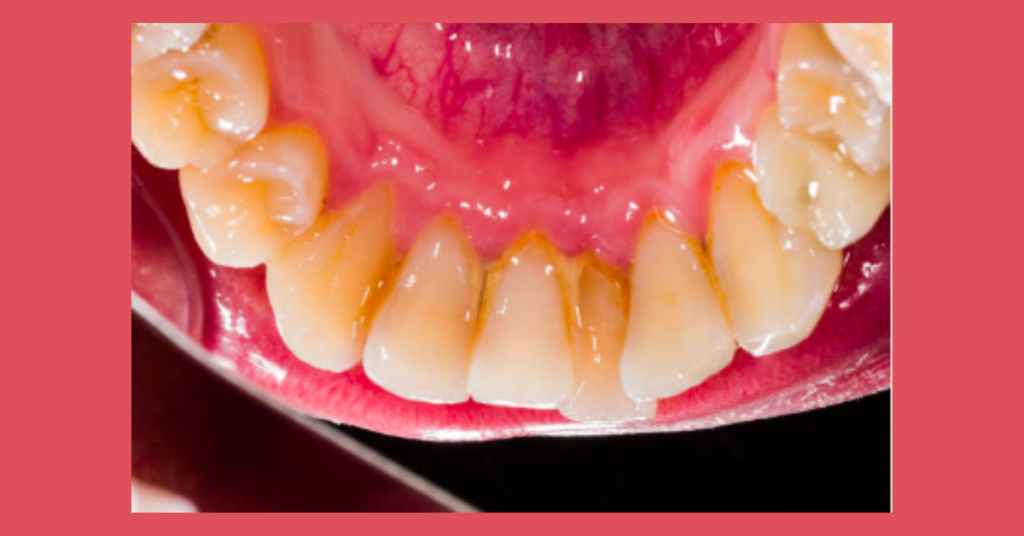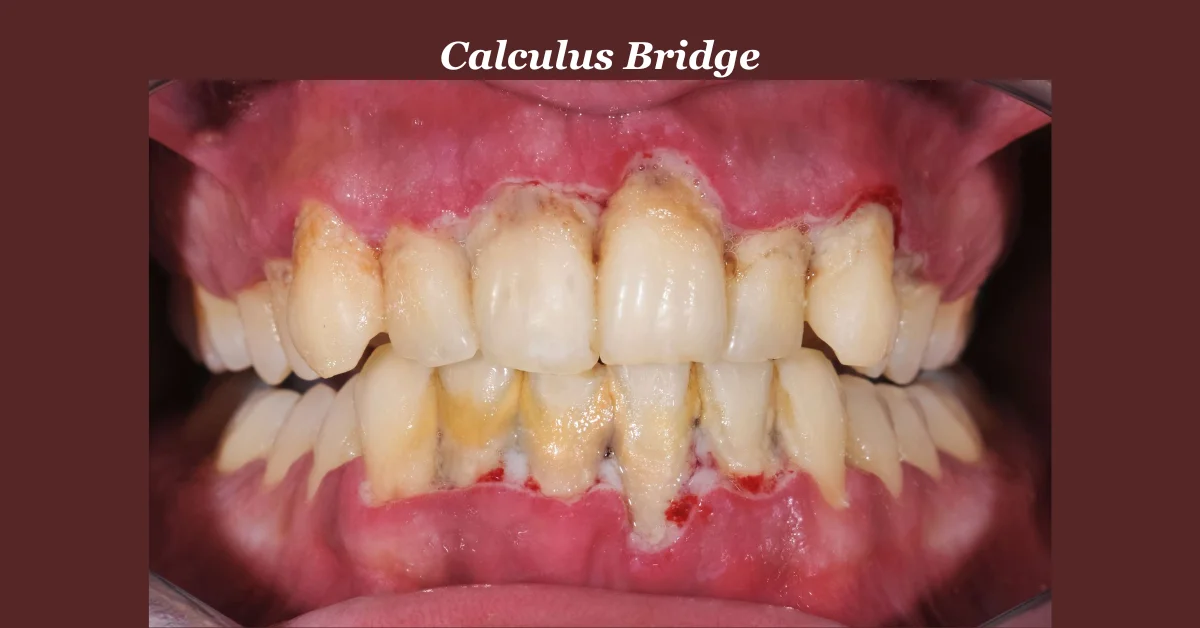Calculus Bridge: Prevention Tips and Treatment Options Explained
A calculus bridge, in the context of dental health, is a term used to describe a serious issue that can affect the well-being of your teeth and gums. This article aims to provide a comprehensive understanding of what it is, its reasons, effects, and potential solutions to help you maintain a healthy and radiant smile.
What Is a Calculus Bridge?
A calculus bridge is a condition in which hardened deposits of dental plaque, known as calculus or tartar, accumulate and form a bridge-like structure between two or more teeth. This bridge can extend above and below the gumline, leading to a host of oral health problems. Understanding the reasons for the formation of calculus bridges is crucial in preventing and addressing this issue.
How Plaque Can Cause a Calculus Bridge
Plaque is a bacteria-rich film that forms on the teeth, along the gumline and on such surfaces as fillings and dental crowns. This colorless or pale-yellow substance forms naturally throughout the day as bacteria digest carbohydrates and sugars from the foods and drinks you consume. If plaque isn’t cleaned off of your teeth, it hardens to form calculus. Calculus is composed of calcium, bacteria, and other organic matter in the mouth.
Types of Calculus Bridge
Supra-gingival
This type of calculus bridge develops above the gum along the gum line, commonly found on the bottom incisors and top molars. This tan or yellow calculus is pretty easy to spot.
Sub-gingival
It is formed between the teeth and gums and is most prominent under the gum. It’s not easy to find this type of calculus bridge, and it requires a dental instrument to detect it. It has a dark color caused by the black-pigmented bacteria.
What Does a Calculus Bridge Look Like?
Unlike plaque, a calculus buildup is visible and can vary in color depending on where it’s located relative to the gumline. Calculus is a denser, claylike substance, typically yellow above the gumline and dark brown, green, or black below the gumline.
A calculus bridge forms when calculus coats multiple teeth in a row and starts to fill in the gaps between them. Individual cases vary but a calculus bridge tends to start as a dark discoloration on the teeth along the gumline before spreading.
How to Prevent a Calculus Bridge
ADA recommends following these oral hygiene practices to keep your mouth healthy and free from tartar:
- Brush daily twice a day with fluoride toothpaste, and see if it also contains triclosan. A study suggests using tartar-control toothpaste can also help prevent tartar buildup that causes calculus bridge formation.
- Use dental floss to clean your teeth.
- Cut down the intake of sugary and starchy foods.
- Visit your dentist regularly for checkups.
Read Previous: Kimberley Wallace Massachusetts LAZO
Side Effects of a Calculus Bridge
Calculus in the mouth has a distinct and severe impact on tooth and gum health. Especially if untreated, calculus bridges lead to various dental conditions, including the following.
Halitosis
Chronic bad breath, known as halitosis, is a common sign of calculus formation. Worse than typical cases of “morning breath” or after eating certain foods, halitosis isn’t cleared up by brushing your teeth, using mouthwash, or mints. Halitosis can lead to periodontal disease, an advanced form of gum disease.
Gum Disease
The most common side effect of calculus buildup is gum disease, a bacterial infection of the gums. Early-stage gum disease is called gingivitis. It’s primarily an inflammation of the tissues that causes bleeding, red, or swollen gums. You can reverse early-stage gum disease with proper dental care and cleaning.
Professional Treatments for Calculus Bridges

When it has already formed, professional dental treatments are necessary to remove it. Scaling and root planing is a common procedure used to treat calculus buildup. During scaling, the dentist removes calculus from the tooth surfaces and below the gumline. Root planing smooths the roots of the teeth, helping the gums reattach and heal.
Laser Therapy
In some cases, dentists may use laser therapy to treat gum disease and remove calculus. This minimally invasive procedure can reduce bacteria and promote healing while being less painful than traditional methods. Laser therapy is particularly effective for patients with severe gum disease caused by extensive calculus buildup.
Antibiotic Treatments
For severe cases of gum disease associated with it, dentists may prescribe antibiotics to eliminate the bacterial infection. These can be in the form of mouth rinses, gels applied directly to the gums, or oral medications. Antibiotic treatment is usually combined with other procedures like scaling and root planing for the best results.
FAQs
What causes a calculus bridge?
A calculus bridge forms when plaque, which contains bacteria, hardens over time due to minerals in saliva. Poor oral hygiene accelerates this process, allowing tartar to accumulate and connect teeth.
Is a calculus bridge dangerous?
Yes, a calculus bridge can lead to severe oral health issues such as gum disease, tooth decay, and even tooth loss if left untreated.
Can I remove a calculus bridge on my own?
No, at-home brushing and flossing cannot remove hardened calculus. It requires professional dental cleaning procedures like scaling.
How often should I see a dentist to prevent calculus buildup?
The American Dental Association (ADA) recommends visiting your dentist every six months for routine checkups and professional cleanings.
Does a calculus bridge hurt?
Initially, it may not be painful. However, as it leads to gum inflammation and infection, discomfort, swelling, and pain can develop.
Conclusion
A calculus bridge is a serious dental issue that develops from the buildup of hardened plaque, leading to potential complications like bad breath, gum disease, and even tooth loss. Preventive measures, such as maintaining good oral hygiene, eating a balanced diet, and visiting the dentist regularly, are essential to avoid the formation of calculus bridges. If calculus has already formed, seeking professional dental treatment promptly is crucial to restore oral health and prevent further damage. By staying vigilant about dental care, you can ensure a healthier smile and overall well-being.
Read Next: Livada-Casino.com Blog Archives






